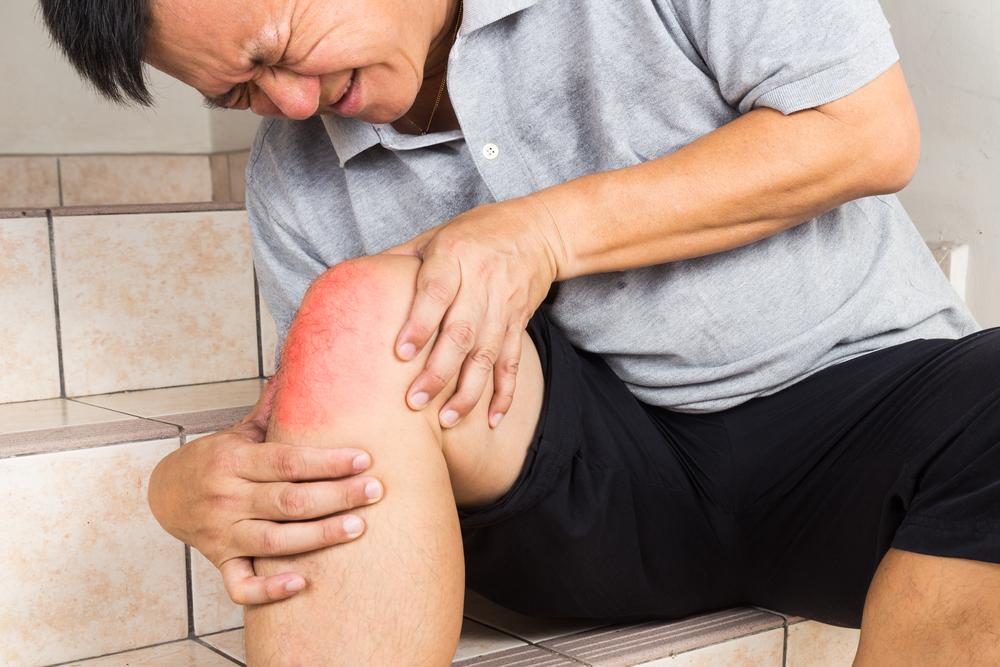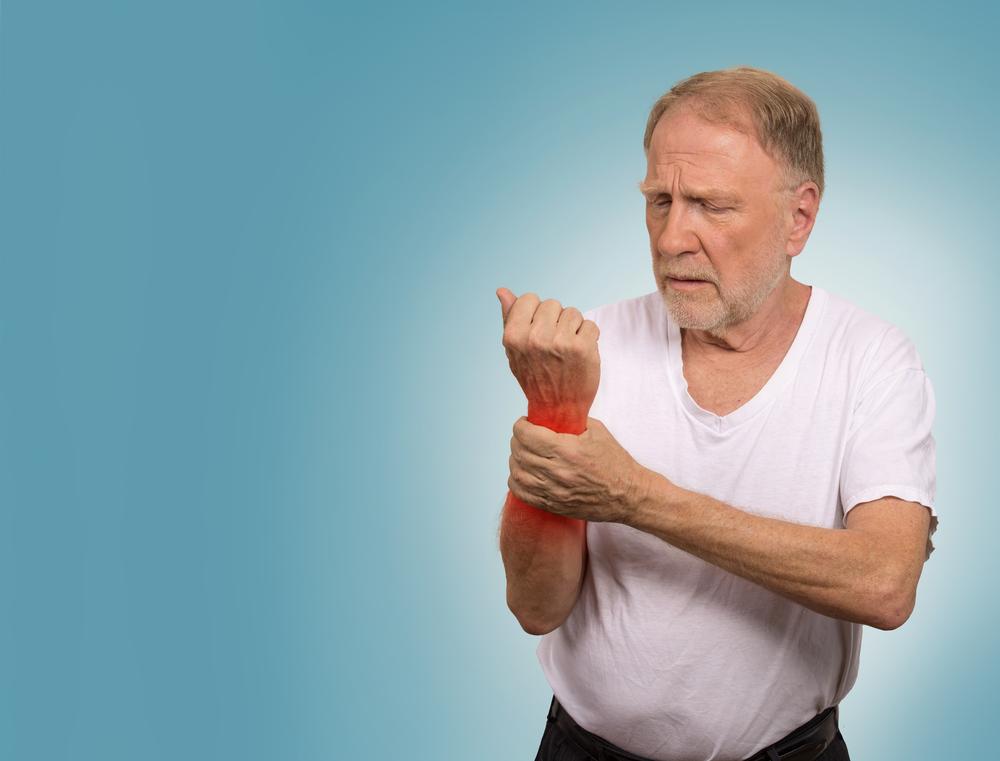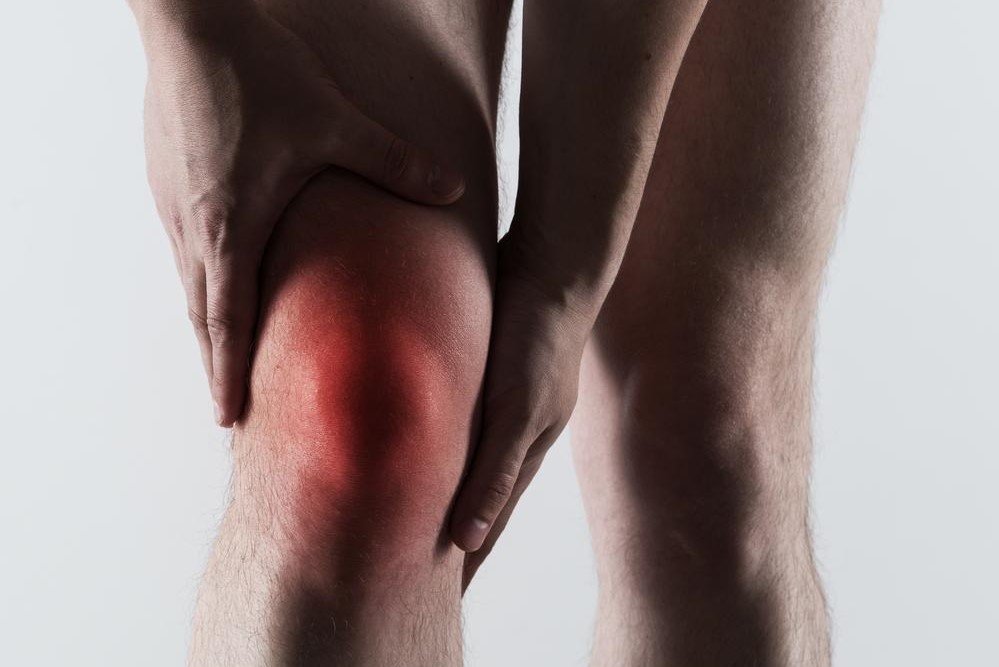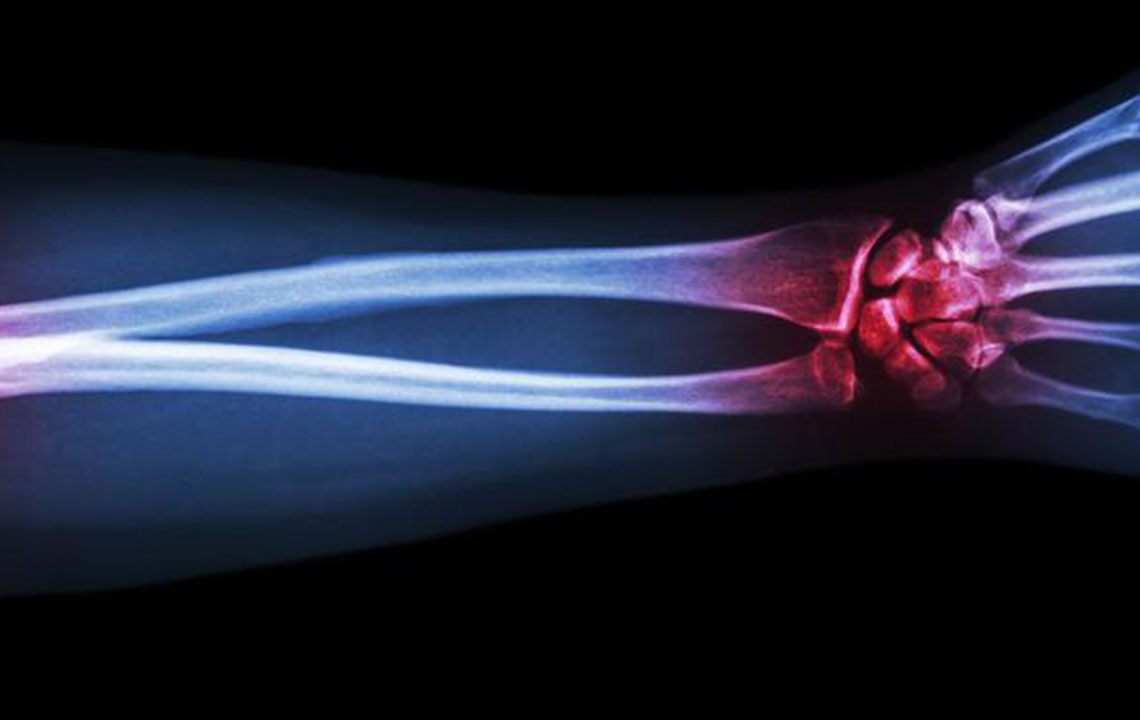Recognizing the Key Symptoms and Indicators of Gout
This article highlights common signs and symptoms of gout, including nodules, joint pain, inflammation, skin discoloration, and peeling. Recognizing these indicators can aid in early diagnosis, but professional medical consultation is essential for proper management and treatment.

Recognizing the Key Symptoms and Indicators of Gout
Gout presents with diverse signs, which can differ from person to person. It often manifests as sudden flare-ups that come and go over days, weeks, or months. In some cases, gout may also be chronic, presenting continuously. Because symptoms can resemble other joint conditions, especially arthritis, it’s easy to misdiagnose gout.
The primary signs include:
Nodules or Tophi Formation
Before an attack, deposits called tophi can develop on joints like fingers, toes, elbows, or ears. These appear as chalky or yellowish lumps consisting of uric acid crystals under the skin, often preceding other symptoms of a flare-up.
These nodules typically form as chalky lumps before any pain or swelling occurs.
Pain in Joints
The hallmark sign is intense joint pain, especially in the big toe, known as podagra. Other affected areas may include wrists, fingers, elbows, ankles, or knees. The pain arises from inflammation, making the joint extremely sensitive and limiting movement.
Warmth and Swelling
Uric acid buildup causes inflammation, leading to swelling, redness, and warmth around the affected joint—most commonly the big toe—intensifying as the attack progresses.
Color Changes in Skin
Swelling and inflammation can cause the area to look red or purple, which can be mistaken for infection. The swelling involves bursae, or fluid-filled sacs around joints, contributing to discoloration.
Itchy and Peeling Skin
During flare-ups, affected skin may appear shiny, red, or swollen. It may also itch intensely and peel once the attack subsides, signaling healing.
Disclaimer:
The information provided concerning symptoms, treatments, and health conditions is solely for educational purposes. It should not replace professional medical advice. Always consult healthcare professionals for diagnosis and treatment options.










